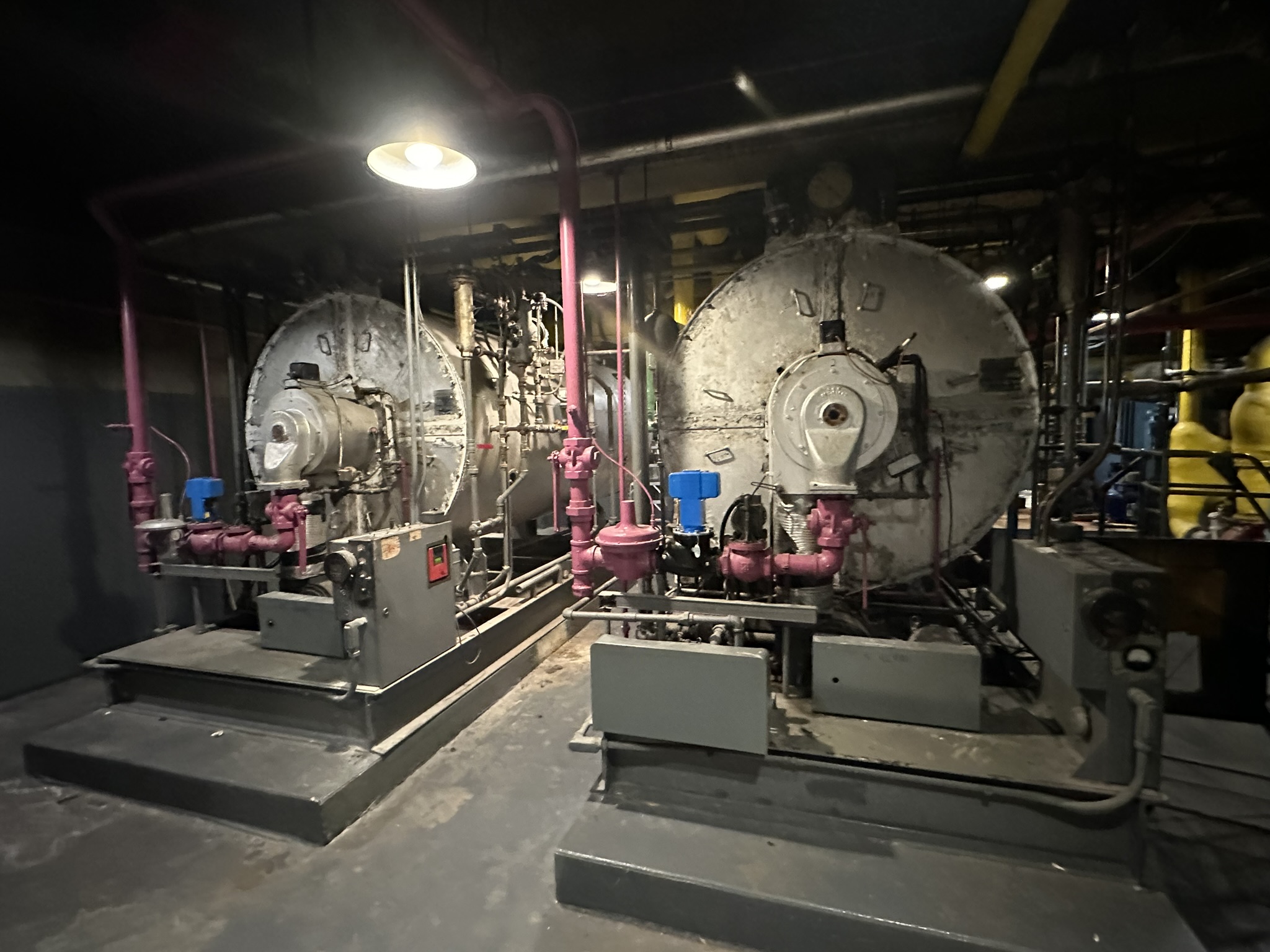HVAC emergency service is essential for addressing urgent issues with heating, ventilation, and air conditioning systems to restore comfort, safety, and functionality. Here’s how to handle HVAC emergencies effectively:
1. **24/7 Availability**: Ensure that your HVAC service provider offers 24/7 emergency service. HVAC emergencies can occur at any time, including nights, weekends, and holidays, so having access to prompt assistance is crucial.
2. **Emergency Contact Information**: Keep the contact information for your HVAC service provider readily available, including phone numbers and email addresses. Post emergency contact information in a visible location for quick reference during emergencies.
3. **Immediate Response**: Respond promptly to HVAC emergencies to minimize disruptions and prevent further damage. Contact your HVAC service provider as soon as the emergency occurs to request assistance and provide relevant details about the issue.
4. **Diagnostic Assessment**: Upon receiving your emergency call, the HVAC technician will perform a diagnostic assessment to identify the cause of the problem. They may ask questions to gather information and troubleshoot the issue remotely if possible.
5. **On-Site Inspection**: If remote troubleshooting is not sufficient, the HVAC technician will dispatch a qualified professional to conduct an on-site inspection. The technician will assess the situation, identify the source of the problem, and determine the necessary repairs or actions to resolve the emergency.
6. **Temporary Solutions**: In some cases, the HVAC technician may implement temporary solutions to restore functionality and comfort while awaiting permanent repairs. This may include bypassing malfunctioning components or making temporary adjustments to the system.
7. **Repair or Replacement**: Depending on the severity of the issue, the HVAC technician will perform repairs or recommend replacement of damaged or faulty components. They will provide recommendations based on the condition of the system, availability of parts, and cost-effectiveness of repairs versus replacement.
8. **Safety Measures**: Prioritize safety during HVAC emergencies by following proper protocols and precautions. If the emergency poses a risk to occupants, such as a gas leak or carbon monoxide exposure, evacuate the premises and contact emergency services immediately.
9. **Communication**: Maintain open communication with your HVAC service provider throughout the emergency response process. Stay informed about the status of repairs, expected timelines, and any updates or changes to the situation.
10. **Follow-Up**: After the emergency has been resolved, schedule follow-up inspections or maintenance to ensure the continued reliability and performance of your HVAC system. Address any underlying issues or concerns identified during the emergency response.
By partnering with a reliable HVAC service provider and being prepared to respond effectively to emergencies, you can minimize downtime, mitigate risks, and ensure the continued operation of your heating, ventilation, and air conditioning systems.

